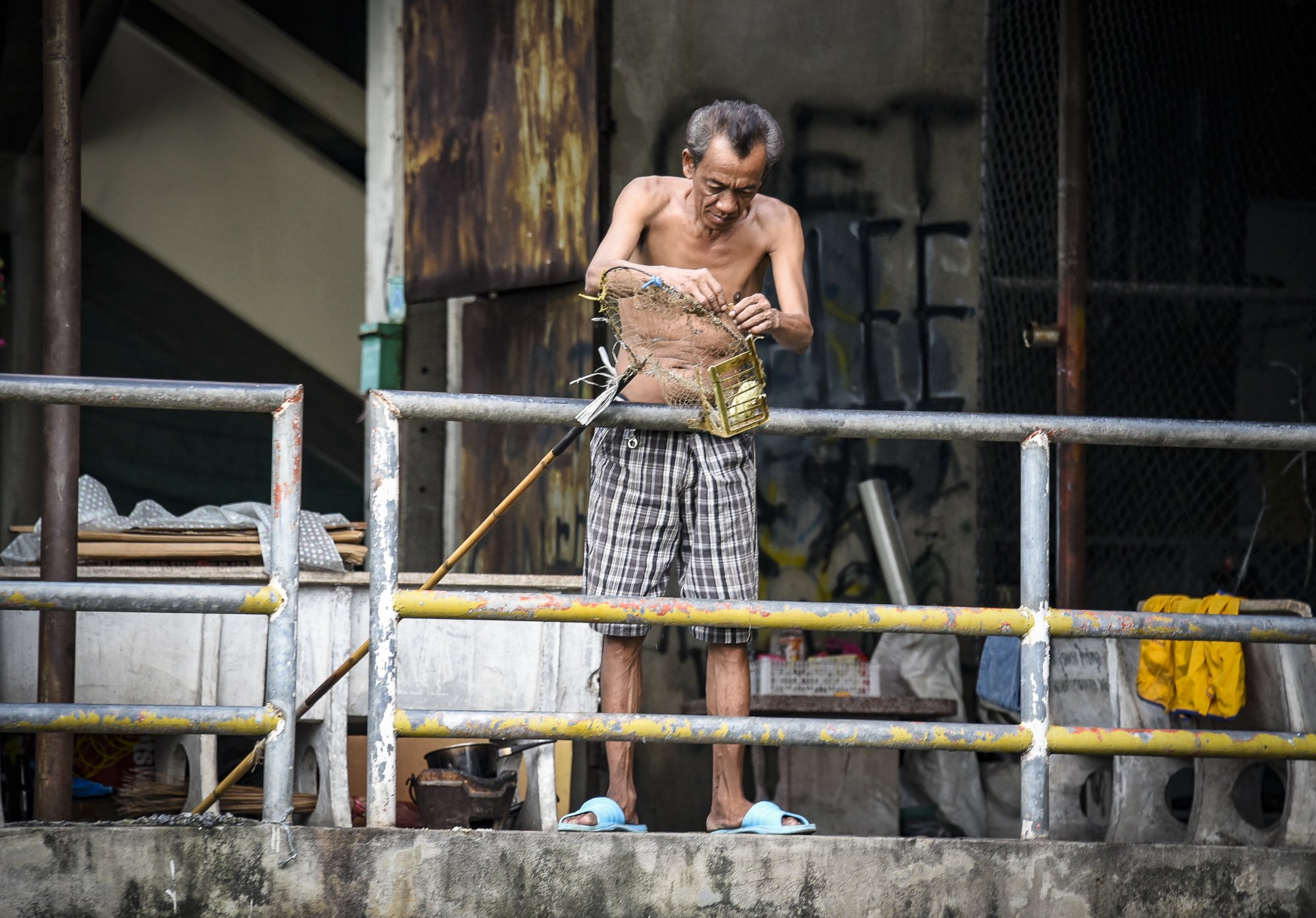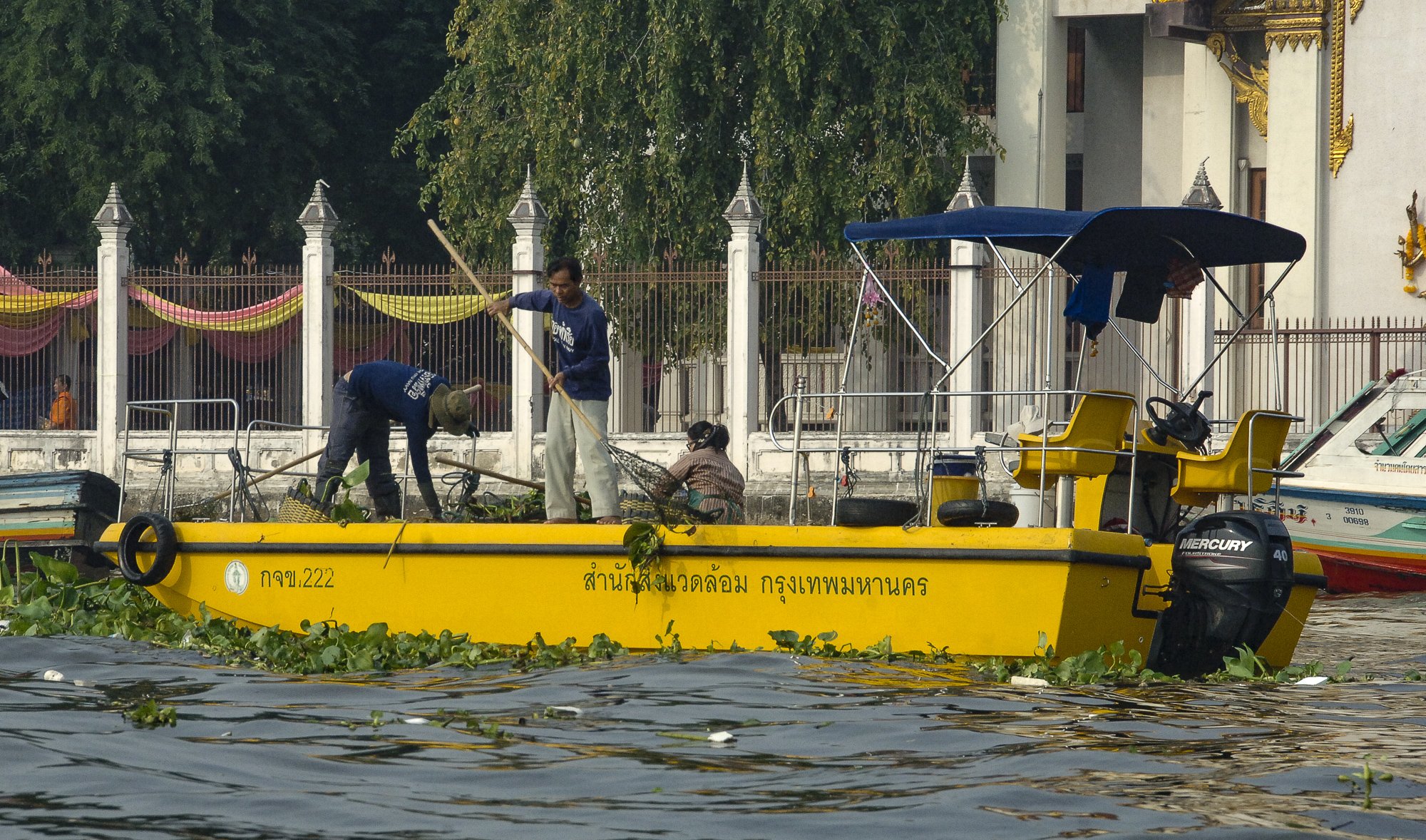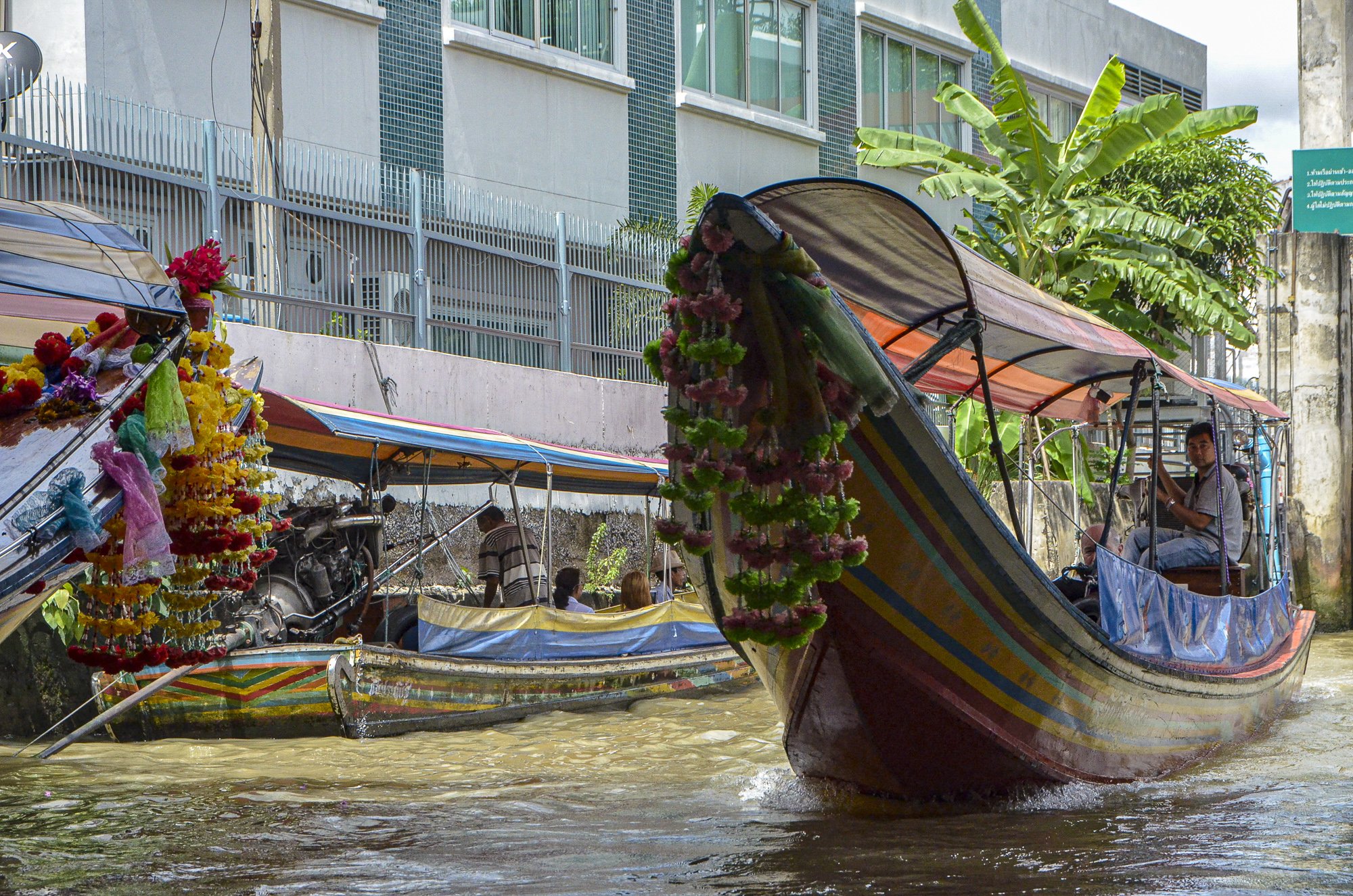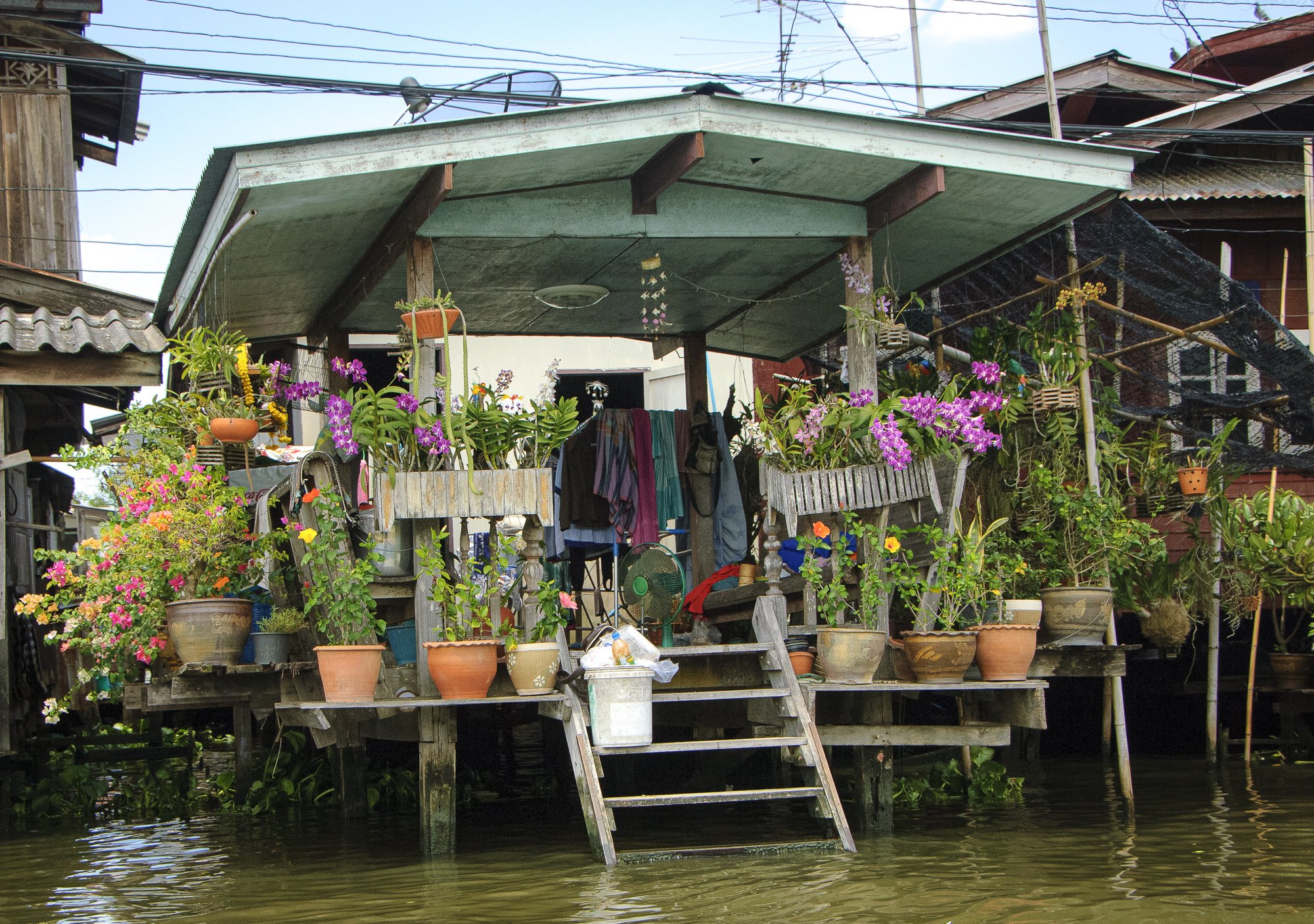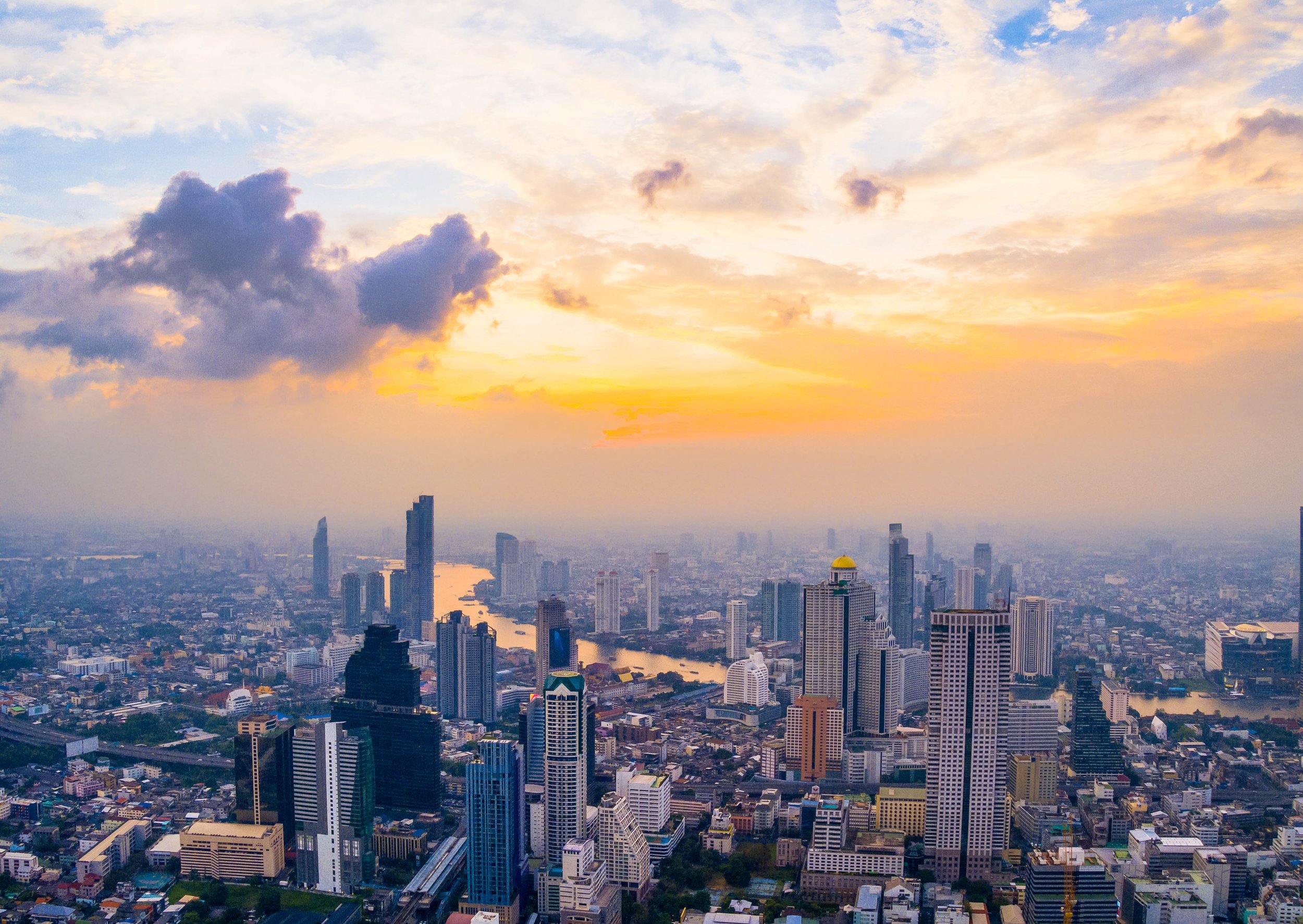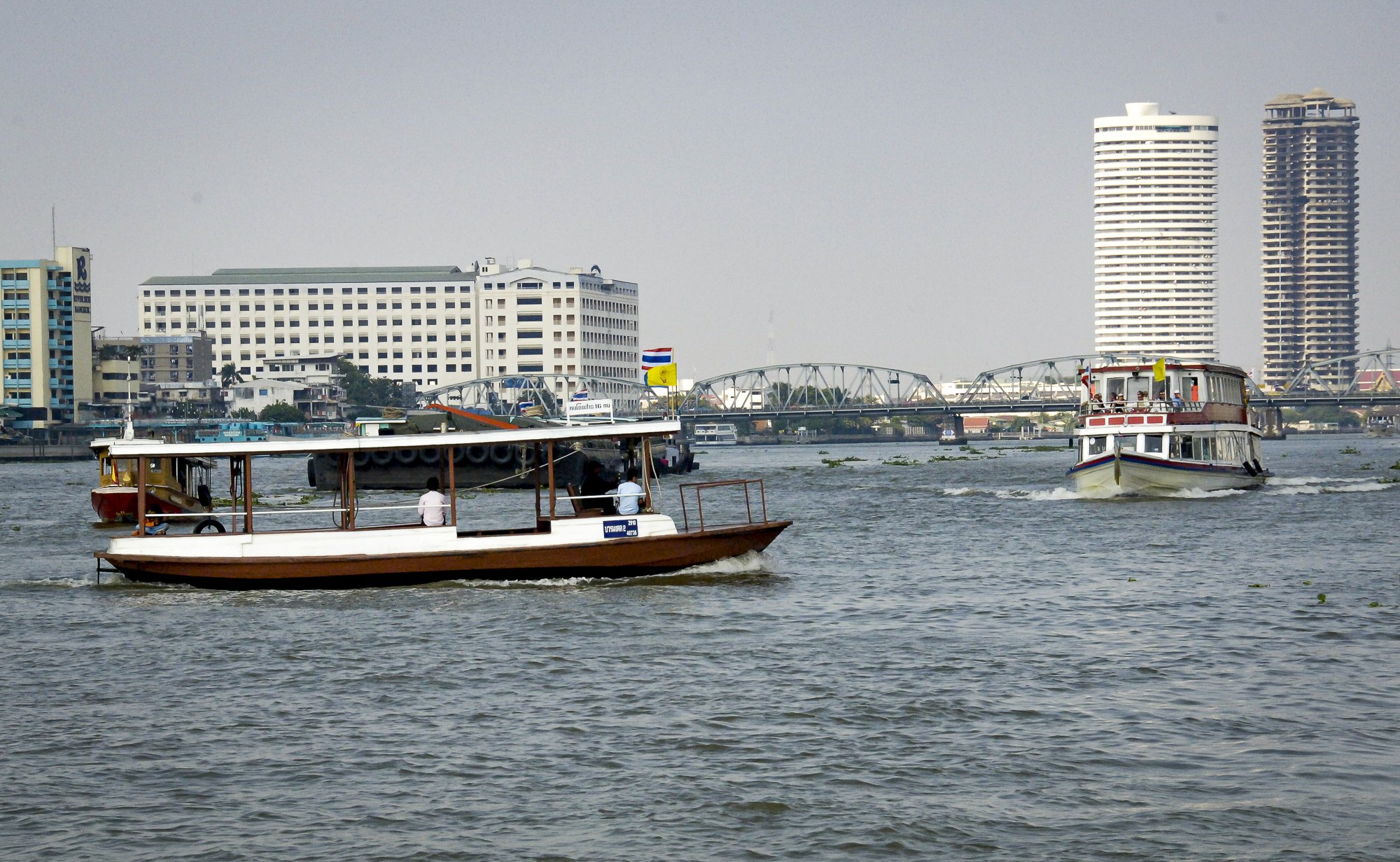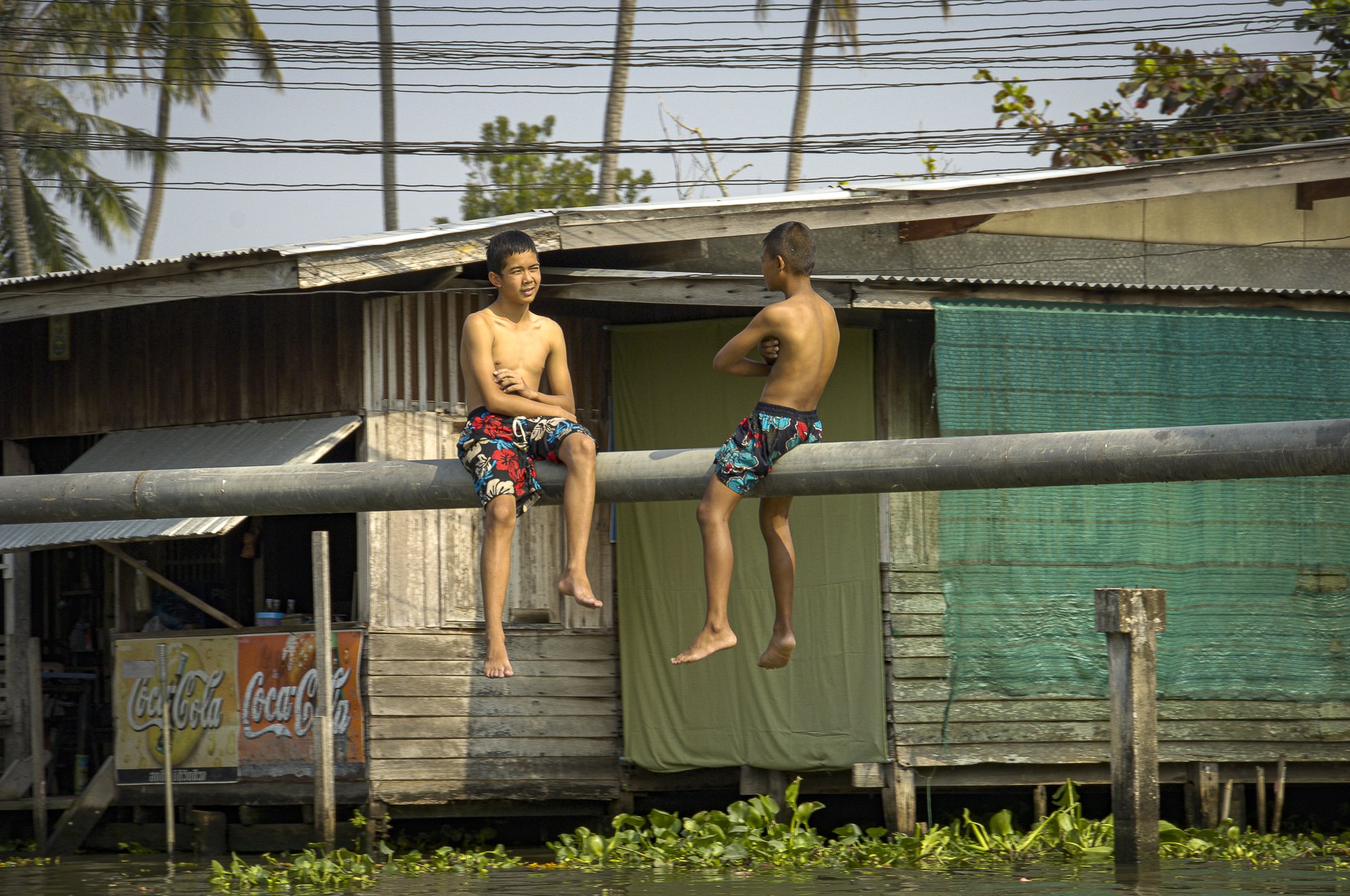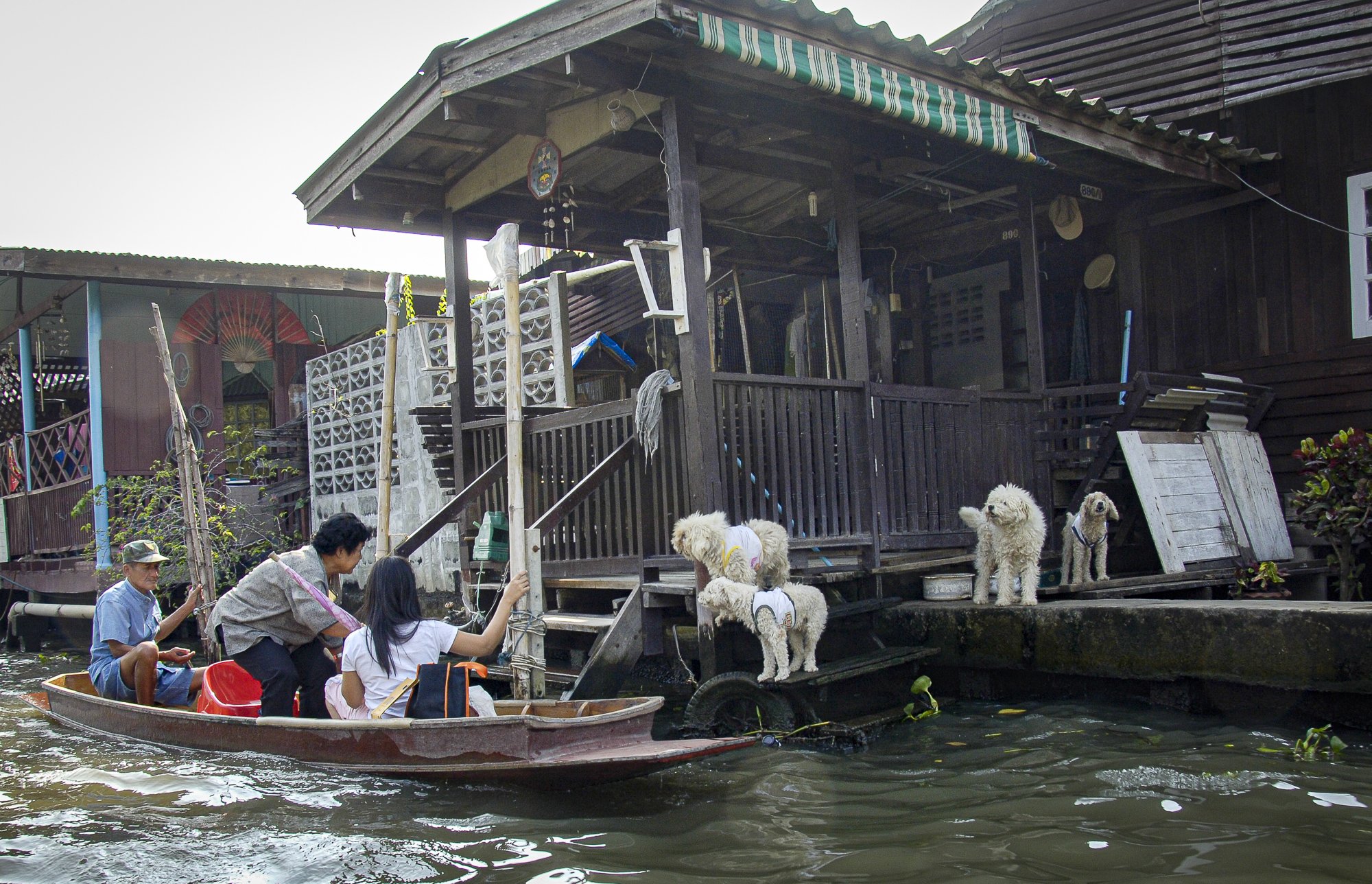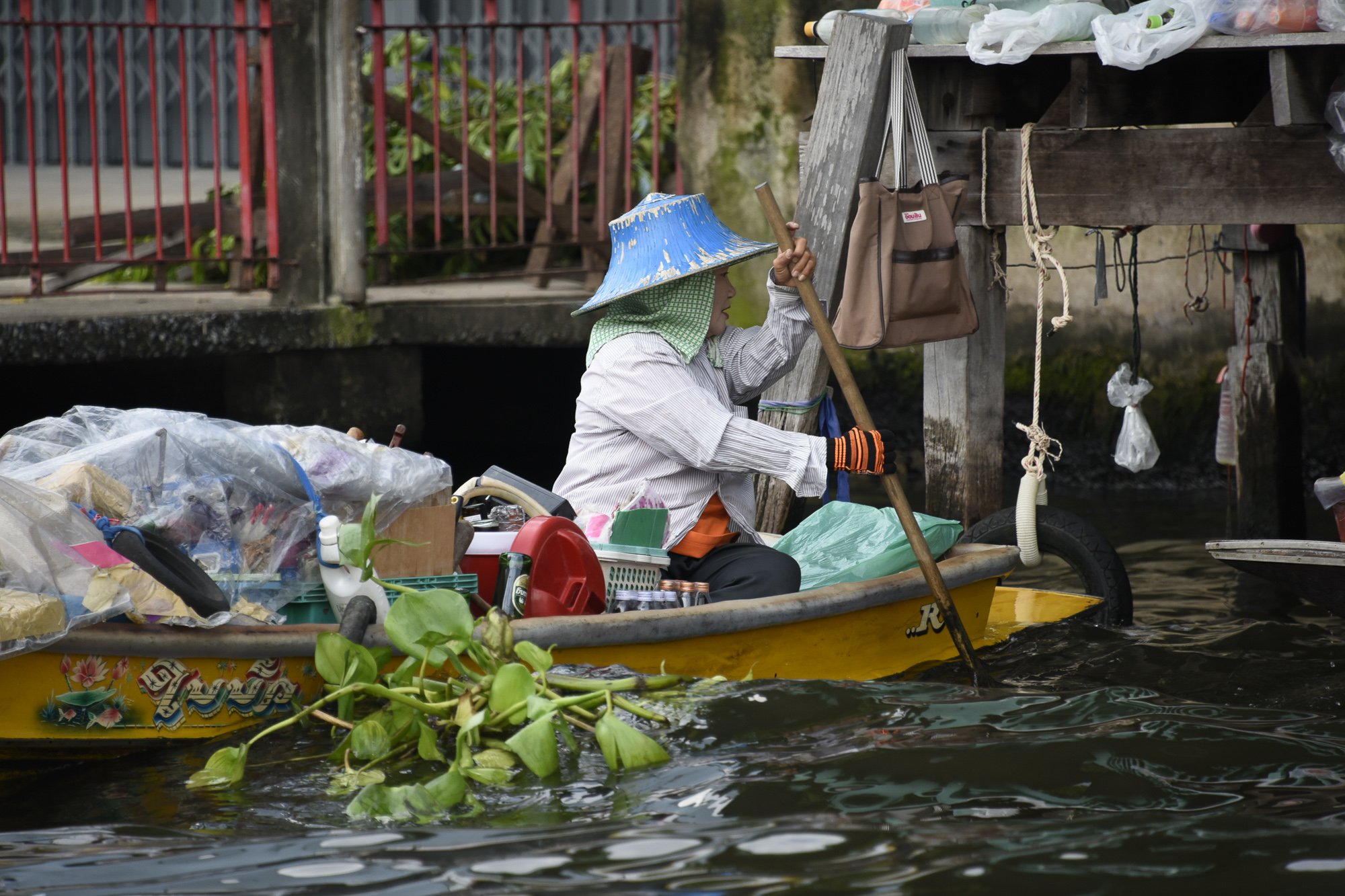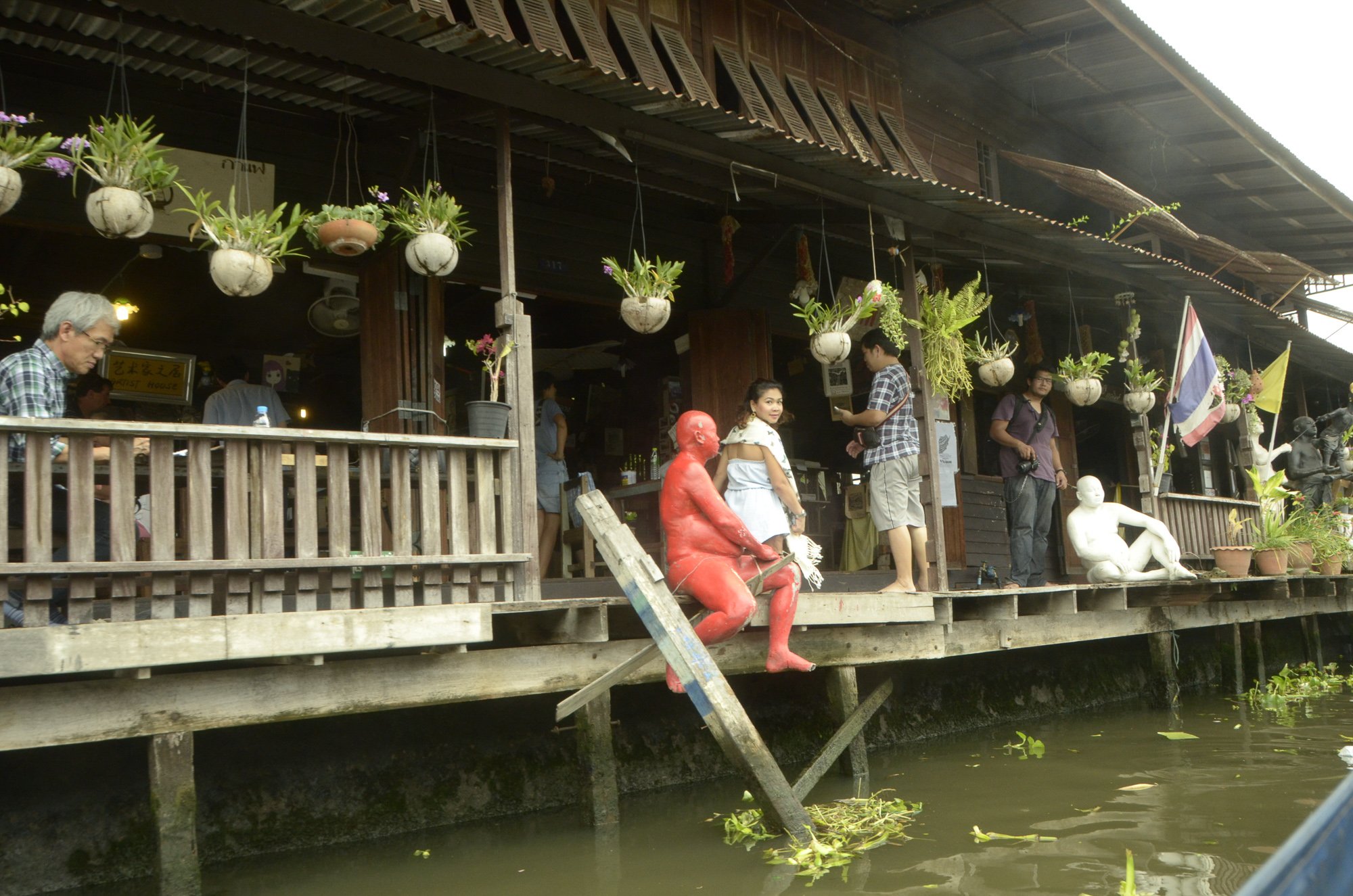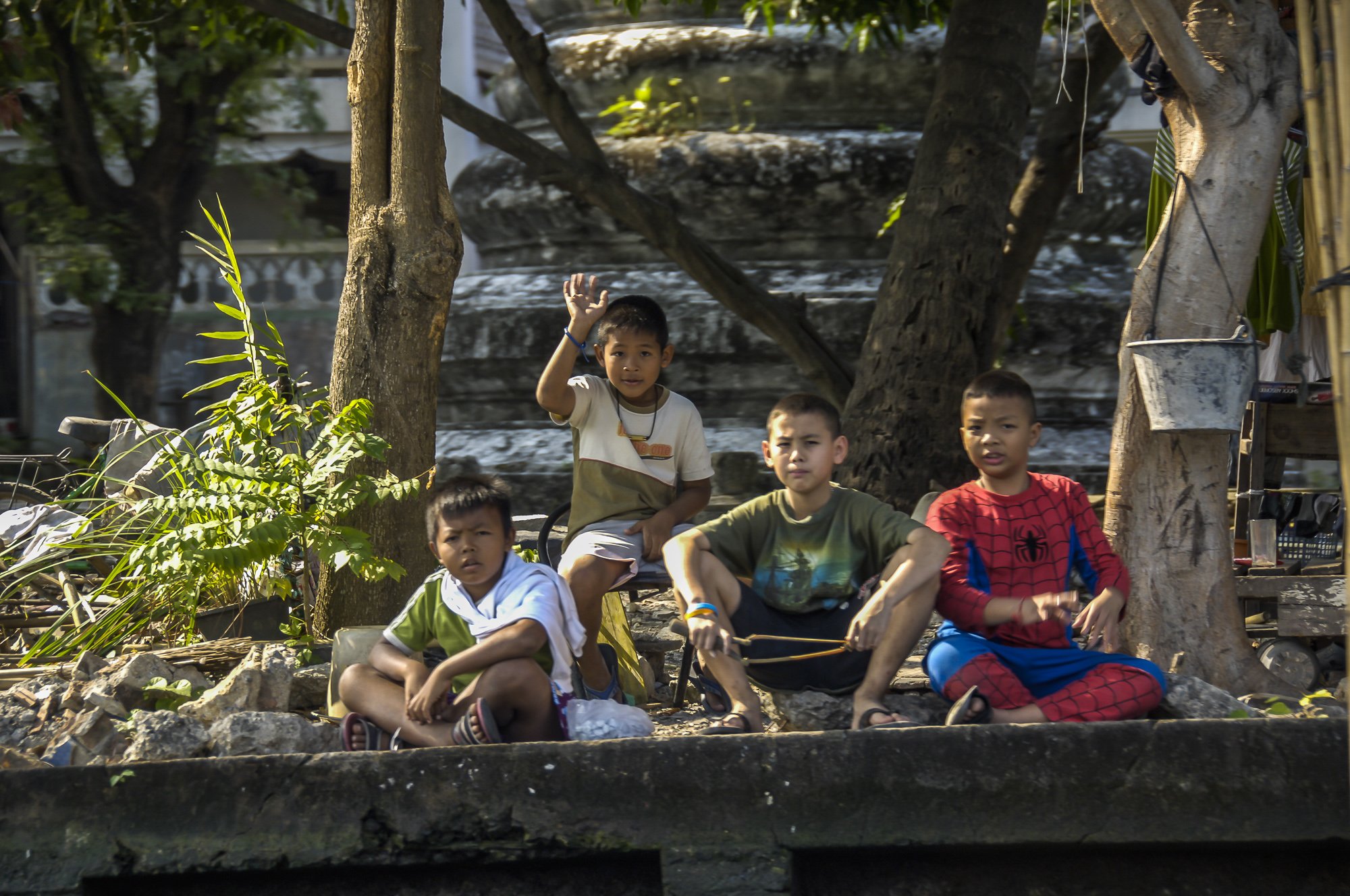KLONG LIFE
UberEats home delivery in Bangkok’s canals…
THE VENICE OF THE EAST
From London to Tokyo, many of the oldest cities grew around rivers that were key for trade, transport and safety. Bangkok is one of them, built on the floodplains of the Chao Phraya River and not many visitors realize how close the city is to the sea. The history of the city goes way back to the 15thcentury when it started as a farming community. Later on Bangkok became the capital of Siam (as Thailand was previously known) in 1782, when General Chao Phraya Chakkri assumed the throne as King Rama Ist and moved the court from the west to the east bank of the Chao Phraya River.
So the “Old City” on the West side remained a sprawling network of canals (called klongs in Thai). Where a lot of work was done on the East side of the Chao Phraya to support the building and maintenance of the Royal Palace, government departments, hotels and embassies with many canals filled up or built over for roads, the west side remained a “Venice of the East”, a network stretching hundreds of kilometres connecting homes, temples, floating markets, public parks.
It’s a no brainer for me to suggest an activity for our travelers when in Bangkok and include a boat excursion. This gives a very unique perspective on how local people live along the klongs, all the houses built on stilts, boats tied up, terraces filled with hanging orchids, kitchens, children at play, in fact a totally different world where traffic noise is gone.
Over the years I have seen a slow resurgence and an actual clean-up of the area. Parts of the canals are now being tidied up, choking weeds and floating garbage removed, I even saw a few electric ferries in use. Many locals see the canals as an eyesore, but they are becoming an asset and the BMA (Bangkok Metro Administration) has even started bike tracks along the klongs leading to the main river front. I like going through the klongs early in the morning, there is less boat traffic and tour boats and we see more “klong life” as locals go to markets, put up the laundry, water plants, children go to school etc…
The Thai capital is rated among the most congested traffic in the world so using the canals as an alternative way instead of roads is being promoted by the BMA. In fact, Bangkok is sinking by about 2cm per year, like Jakarta in Indonesia. Thai climate experts are now looking into how to alleviate floods like the ones in 2011 that killed more than 500 people in the capital and flood mitigation, improving locks and drainage is part of a larger goal for the city to improve the environment and quality of life in this part of the city. The idea is to create an environment like Amsterdam or Venice where canals are looked after and become integral part of life.
LITTLE KNOWN FACT:
Canals once connected almost every home, temple and palace in the old capital. As of 2019 there were close to 1700 canals in Bangkok, totalling 2,604 kilometres in length, 9 of those canals are primary flood drainage conduits.
BEST MONTHS TO VISIT
The best time to visit Bangkok is from November till March when the heat and humidity are at their lowest.
Fully vaccinated travelers from any country are allowed to enter Thailand without quarantine.



